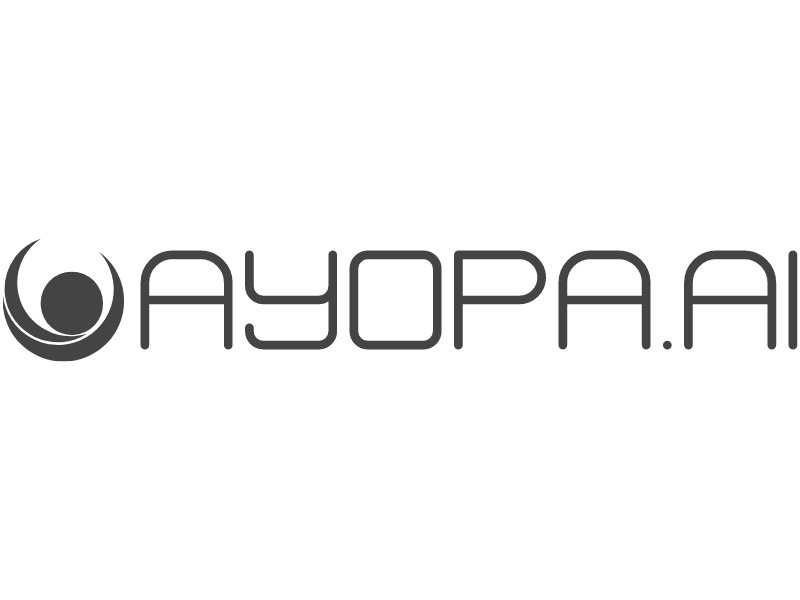Read an overview about Cryptocurrency & Blockchain
Cryptocurrency and blockchain technology represent a transformative shift in how people conduct financial transactions and store value in the digital age. While often discussed together, they serve distinct yet interconnected roles: cryptocurrencies are digital currencies that operate independently of traditional banking systems, and blockchain is the secure, decentralized technology that enables them.
At its core, cryptocurrency is a form of digital money that uses cryptography for security. Unlike traditional currencies issued by governments (like the U.S. dollar or euro), cryptocurrencies are decentralized, meaning they are not controlled by any single authority. Bitcoin, the first and most well-known cryptocurrency, was introduced in 2009 as a way to transfer value securely and directly between parties without the need for banks or intermediaries. Since then, thousands of cryptocurrencies—such as Ethereum, Litecoin, and Solana—have emerged, each with different features and purposes.
The foundation of cryptocurrencies is blockchain technology. A blockchain is a distributed digital ledger that records all transactions across a network of computers. Each transaction is grouped into a “block,” and once verified, it is linked to the previous block, forming a chain. This structure makes blockchains highly secure and resistant to tampering, as altering any block would require changing every subsequent block across all computers in the network—an almost impossible task.
One of the key benefits of blockchain is transparency and security. Because transactions are visible to all participants and cannot easily be altered, blockchain creates a level of trust that is difficult to achieve with traditional systems. This is especially valuable in industries like finance, supply chain, healthcare, and real estate, where trust and verification are essential.
Cryptocurrencies also offer several advantages over traditional currencies, including faster transactions, lower fees, and global accessibility. They can be used for online purchases, investments, and even fundraising through mechanisms like Initial Coin Offerings (ICOs). However, they also come with challenges, such as price volatility, regulatory uncertainty, and the risk of theft or fraud through hacking.
Decentralized finance (DeFi) is a growing movement that uses blockchain to recreate financial systems—like lending, borrowing, and trading—without traditional intermediaries. This innovation is opening up new possibilities for financial inclusion and innovation but also raises questions about security and oversight.
In summary, cryptocurrency and blockchain are reshaping the future of money and digital transactions. By enabling secure, decentralized, and transparent systems, they offer exciting possibilities for financial innovation while also presenting new risks and regulatory challenges. As adoption grows, understanding these technologies becomes increasingly important for individuals, businesses, and governments worldwide.
